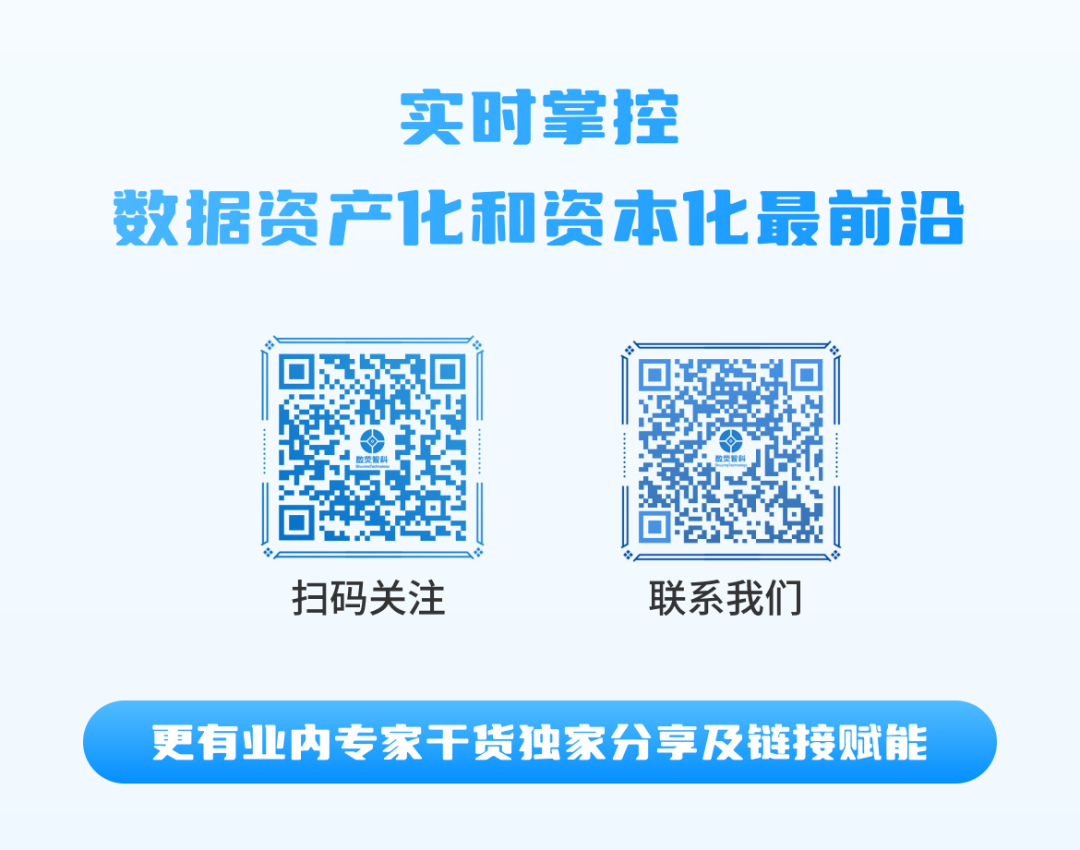
According to exclusive reports from Caijing, China’s import tariff exemptions for 8 semiconductor/integrated circuit-related tariff codes have officially come into effect, involving key equipment and materials for chip design, packaging, and testing. This move will directly reduce costs for enterprises, but storage chips (such as DRAM and NAND) are still excluded from the list, sparking heated discussions in the industry.
1. Tariff Relaxation: A “Limited Concession” Amidst the Tech War
Policy Details:
-
Exemption Scope: Includes over 20 types of equipment and materials such as photoresists and ion implanters, with previously imposed tariffs of 10%-25% being canceled.
-
Industry Impact:
Taiwan Semiconductor Manufacturing Company (TSMC) Nanjing Plant: Equipment procurement costs are expected to decrease by about 15%, accelerating advanced process expansion plans.
SMIC: The import cost of photoresists will decrease by 200 million yuan per year, alleviating the pressure on 3D NAND research and development.
-
Unresolved Pain Points: Import tariffs on storage chips remain as high as 125%. A leading server manufacturer stated: “Storage chips account for over 30% of server costs, further compressing profit margins.”
Data Support:
-
Cost Estimation: Taking Huawei HiSilicon as an example, if storage chip tariffs are relaxed, the procurement cost for its 5G base station chips could decrease by 18%.
-
Industry Call: The Vice President of the China Semiconductor Association publicly stated: “Storage chips are the ‘grain’ for AI large models and intelligent driving, and should be included in the exemption list as soon as possible.”
2. International Game: Federal Reserve Warnings and Trump’s “Deadline”
US Dynamics:
-
Tariff Backlash:
1. Federal Reserve Governor Waller warned today that the US-China trade war could lead to a 0.5%-1% increase in the US unemployment rate before July, with the textile and machinery export industries being the most affected.
2. The US Chamber of Commerce released a report stating that 60% of the tariffs imposed on Chinese goods are ultimately borne by US companies.
Trump’s “Ultimatum”:
US President Trump stated that he has set a “deadline” for the Russia-Ukraine conflict, demanding a peace agreement by the end of June, or he will reassess military aid to Ukraine and sanctions against Russia. This statement has caused fluctuations in global markets, with Brent crude oil futures jumping 3% at one point.
3. Domestic Policy: Financial Legislation and “Boost” for Private Economy
Key Developments:
-
Financial Security Legislation: The Legislative Affairs Commission of the National People’s Congress confirmed today that the “Financial Law” and “Financial Stability Law” will be formulated by 2025, focusing on preventing risks from cross-border capital flows and regulating technological financial innovations.
-
Support for Private Economy: The 15th meeting of the 14th National People’s Congress Standing Committee (April 27-30) will review the draft “Private Economy Promotion Law,” clarifying the principle of “non-prohibition means entry” and establishing a “sandbox mechanism” for cross-border data flow of small and medium-sized enterprises.
-
Monetary Policy Shift: The Governor of the People’s Bank of China, Pan Gongsheng, stated at the G20 meeting that a “moderately loose monetary policy” will be implemented, releasing 1.2 trillion yuan in liquidity, focusing on supporting strategic industries such as AI and new energy.
4. Industry Outlook: Chip Localization and Global Supply Chain Restructuring
Industry Trends:
-
Breakthrough in Storage Chips: Changxin Storage announced that its 1αnm DRAM chip yield has surpassed 75%, with mass production expected by the end of 2025, and costs 20% lower than imports.
-
Localization of Equipment: Zhongwei Company released a new generation of etching machines that meet the performance requirements for 7nm processes, with orders already booked until 2026.
-
Global Supply Chain: TSMC CEO Wei Zhejia stated at the earnings conference: “Demand in the Chinese market is strong, but advanced processes will still be distributed. The capacity of the factory in Arizona, USA, will increase to 25%.”
5. Future Challenges: A Dual Race of Technological Breakthroughs and Geopolitics
Expert Opinions:
-
Short-term Risks: The unresolved tariffs on storage chips may lead to training costs for AI large models in China being 40% higher than in the US.
-
Long-term Opportunities: China has achieved technological breakthroughs in emerging fields such as silicon carbide and optical chips, with a projected global market share of 35% by 2025.
Conclusion: Finding a Breakthrough Amidst the Game
From tariff relaxation to financial legislation, from semiconductor breakthroughs to global supply chain restructuring, China is exchanging “limited concessions” for strategic buffers while accelerating technological independence in key areas. As the tech war intertwines with geopolitics, only through the resonance of policies and markets can the key to breakthroughs be found.
At this moment, every step is an art of balance.
